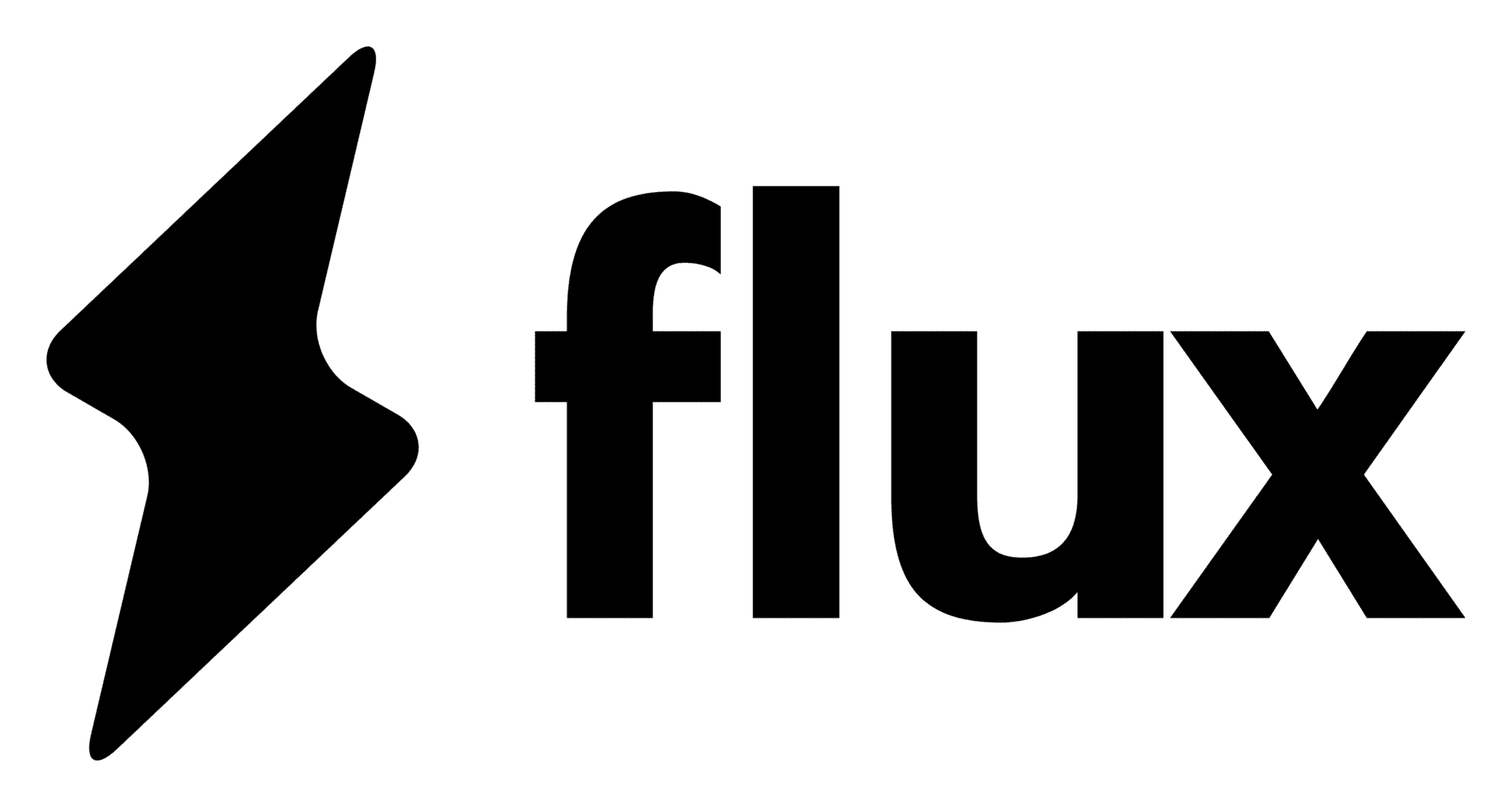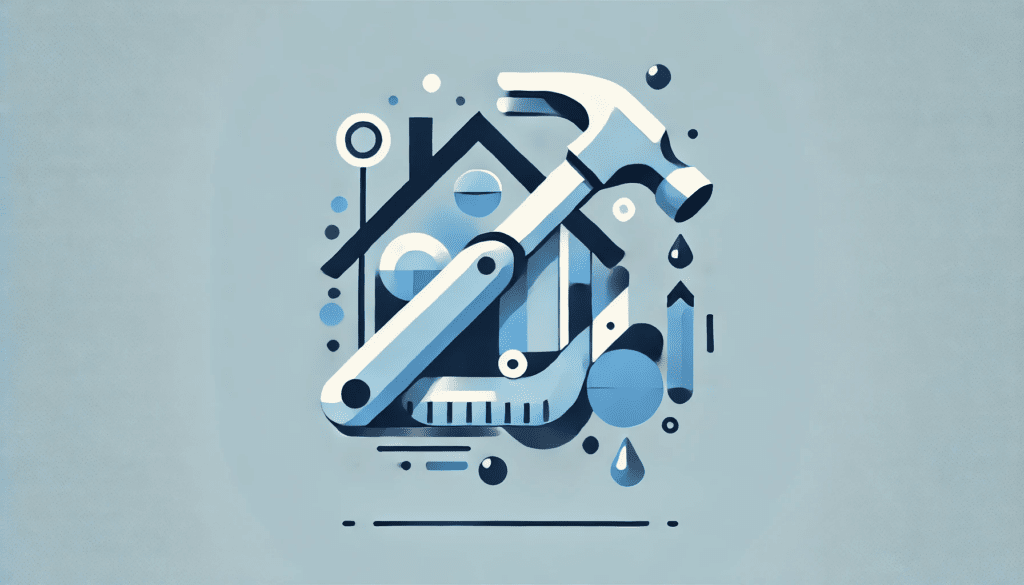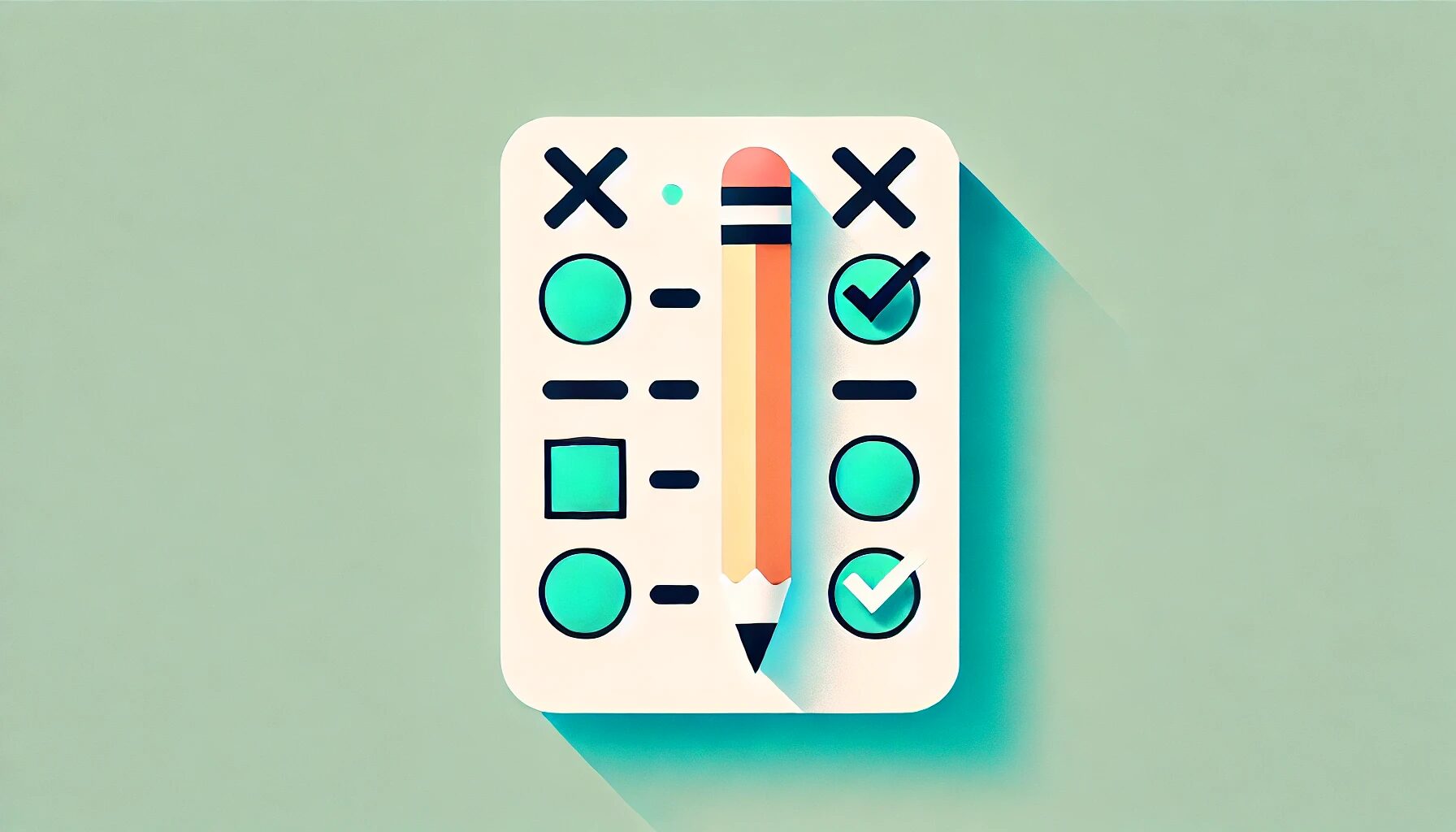Growing a Home Renovation Business with Smarter Advertising
If you’re in the home renovation business, you know that referrals can only take you so far. At some point, you need predictable lead flow to keep your crews busy and revenue growing. But throwing money at ads without a plan? That’s a fast way to lose cash.
This case study walks through how a home renovation company scaled from $10K to $25K/month in ad spend over 16 months—all while staying profitable and controlling customer acquisition costs.
Want to learn more about how to set an advertising budget?
Business Profile
- Industry: Home Renovation (Kitchen, Bathroom, and Basement Remodels)
- Location: Ontario, Canada
- Prior Marketing Efforts: None – relied on word-of-mouth referrals
- Average Project Value: $30,000 per kitchen renovation
- Sales Cycle: 4-8 weeks from inquiry to contract
Challenges Before Running Ads
- Lead volume fluctuated heavily due to reliance on referrals.
- No structured marketing strategy for consistent lead generation.
- Sales cycle was long, delaying revenue from new leads.
Primary Goals
- Generate a steady flow of high-quality leads to reduce reliance on referrals.
- Scale ad spend strategically to ensure profitability.
- Maintain profit margins while increasing job volume.
Breaking Down the Numbers
The company’s average kitchen renovation project was worth $30,000. But revenue alone isn’t enough—we had to look at profit margins:
| Cost Component | % of Project Cost | Amount (CAD) for $30K Job |
| Labor | 35% | $10,500 |
| Materials | 30% | $9,000 |
| Customer Acquisition (Ads, Sales, etc.) | 7% | $2,100 |
| Permits & Insurance | 5% | $1,500 |
| Equipment & Tools | 3% | $900 |
| Transportation & Logistics | 2% | $600 |
| Waste Disposal | 2% | $600 |
| Contingency Margin | 6% | $1,800 |
| Net Profit | 10% | $3,000 |
How This Informed the $10K Ad Budget
We set a target customer acquisition cost (CAC) of $2,100 per booked job (7% of revenue).
- Goal: 3-4 booked jobs/month = $90K-$120K in new revenue.
- Expected Cost Per Lead (CPL): ~$200-250.
- Conversion Rate (Lead → Signed Contract): ~8-10%.
- Leads Needed to Hit Revenue Goals: 40-50 per month.
To generate 40-50 leads/month, we needed $10K/month in ad spend.
That’s how we arrived at the $10K starting monthly budget.
Phase 1: Launching Ads with a $10K/Month Budget (Months 1–6)
What We Did
- Google Search Ads: We targeted high-intent keywords like “kitchen renovation near me” and “best home renovation contractors.” We also used Local Service Ads (Google Guaranteed) to increase trust.
- Landing Page Optimization: We built a high-converting landing page with clear CTAs, project galleries, and financing options.
- Email Follow-Ups: Leads who didn’t book a call right away were nurtured with follow-ups, keeping the business front and center.
- Lead Qualification & Follow-Up Process to prioritize serious inquiries.
Results (After 6 Months at $10K/Month)
- Ad Spend: $10,000/month
- Total Leads: 40-50 per month
- Cost Per Lead (CPL): $200-$250
- Conversion Rate: 8-10%
- New Jobs Booked: 3-4 per month
- Revenue: $90,000–$120,000 per month
- Net Profit (After Costs & Overhead): $12,000–$18,000 per month
What Worked
- Google Ads drove high-intent leads searching for renovation services.
- CPL remained stable between $200-$250 per lead.
- Refining the lead follow-up process increased the conversion rate from 5% to 8-10%.
- Improved landing page lead to better engagement and reduced CPL
- Email Follow Ups kept us top of mind, while homeowners were still deciding
Phase 2: Scaling to $15K/Month (Months 7–15)
With proven marketing results, we gradually increased ad spend and expanded lead generation strategies.
What We Added
- Expanded Google Ads Targeting: We covered more high-income neighborhoods and optimized for higher-value projects.
- Facebook & Instagram Retargeting Ads: Most homeowners don’t book on the first visit. Retargeting helped us stay top-of-mind and increased conversion rates by 25%.
- Automated Email Sequences: An Automated email follow-up with leads faster, reducing CPL fluctuations and increasing conversions.
Results After Scaling to $15K/Month
- Ad Spend: $15,000/month
- Total Leads: 55-70 per month
- CPL: $225-$275
- Conversion Rate: 9-12%
- New Jobs Booked: 4-5 per month
- Revenue: $120,000–$150,000 per month
- Net Profit: $18,000–$24,000 per month
What Worked
- Retargeting Ads on Facebook/Instagram increased conversion rates from 8% → 10-12%.
- Better lead response times improved CPL stability and conversion rates.
- Expanding Google Ads to additional locations brought in a higher volume of inquiries.
Phase 3: Scaling to $25K/Month (Months 16–20)
At this stage, the business had consistent revenue growth and steady lead flow, making it a great time to scale ad spend and grow the business.
What We Expanded
- Introduced YouTube Ads: Testimonial videos and transformation projects helped push more homeowners to book consultations.
- Lookalike Audiences on Facebook: We leveraged data from past customers to target similar homeowners.
- Increased Retargeting & Email Campaigns: Re-engaging past inquiries helped keep our CPL stable while bringing in more conversions.
- Google Ads Expanded to New Regions: More service areas meant more lead volume.
Results After Scaling to $25K/Month
- Ad Spend: $25,000/month
- Total Leads: 80-100 per month
- CPL: $250-$300
- Conversion Rate: 10-13%
- New Jobs Booked: 6-7 per month
- Revenue: $180,000–$210,000 per month
- Net Profit: $28,000–$35,000 per month
Takeaways & Lessons Learned
- Gradual scaling (from $10K → $25K) allowed for manageable business growth.
- Optimizing lead follow-up & pre-qualifying inquiries improved conversion rates.
- Expanding ad platforms (Google, Meta, YouTube) created a full-funnel approach.
Retargeting & email nurturing increased conversion rates while keeping CPL stable.
Biggest Lesson: Increasing ad spending works best when paired with lead quality improvements and remarketing strategies.
Final Thoughts: A Smarter Way to Scale Renovation Leads
This wasn’t about “spending more”—it was about spending smarter.
Scaling successfully requires planning, testing, and continuous optimization. By setting a clear budget, tracking key metrics like CPL and conversion rates, and refining the approach, this business grew profitably over time.
Understanding your numbers—from customer acquisition cost (CAC) to lifetime value (LTV)—is essential for making informed decisions. Instead of guessing, this company followed a structured approach to ensure every marketing dollar worked efficiently.
A strategic, well-managed ad budget helps businesses grow in a way that aligns with capacity, profit margins, and long-term goals.



